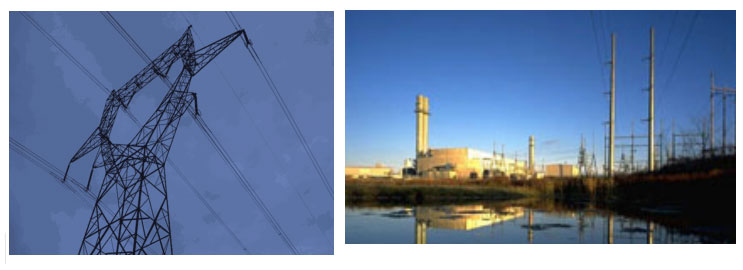Air pollution assessment
- Home
- Air pollution assessment
Assessing air pollution concentrations and exposure is a fundamental step toward managing urban air quality. It enables cities to understand the severity of air pollution, set targets to curb emissions, implement policies to meet them, monitor progress, and ultimately improve public health.
GreenHouse Gas Emission
GHG Assessment & Carbon Neutrality, Carbon Footprint – 3 Scopes

Scope 1 – Direct emissions released from sources that are owned or controlled by the business entity
Scope 2 – Indirect emissions associated from the generation of imported energy (Electricity, Heat or Steam)
Scope 3 – All other indirect emissions that are not released from sources mentioned under Scope 2 and includes emissions which are outside an organization's own operations.
Scope 1- Direct Emissions :
Relatively easy:
Stationary Combustion: from the combustion of fossil fuels
• Heat generation
• Power Generation
Fugitive Emissions: unintentional release of GHG from sources including
•Refrigerant systems
• Natural gas distribution
• CFC, HFC losses from refrigerant systems
• Fire Extinguishers
• Sulfur hexafluoride losses from electrical equipment

Challenges :-
Emissions from consumption of purchased utilities:
• Typically, electricity • Could be steam or high temperature hot water to meeting heating requirements • Purchase of Cooling Air

Scope 3: Other Indirect Emissions :-
Can be very difficult:
Scope 3: Other indirect GHG emissions
Scope 3 emissions are a consequence of the activities of the company but occur from sources not owned or controlled by the company.
Explanation :• Extraction and production of purchased materials and fuels, • Transport-related activities in vehicles not owned or controlled by the company, • Outsourced activities, • Waste disposal • Employee travel for office as well as business travel • Stay - Outstation • Raw material consumption (eg. Paper) etc. • Outsourced work

Benefits of being Carbon Neutral :-
• Effective Communication tool to demonstrate organizational commitment to environment as part of its corporate social responsibility
• Exhibit leadership by communicating your Environmental initiatives to Stakeholders
• Monetary Savings: Optimising emissions would ultimately lead to cost savings
• Customer Recognition: A sustainable brand is easily differentiated from less responsible brands
• Identify the most effective way of reducing emissions:
1. By changes in your own operations or
2. Changes including your suppliers or
3. How your customers use and dispose of your product
• Gauge the impact that your product/ business has on global warming leading to peer to peer comparison levels
• Become more attractive to new or potential client as they see your involvement and positive impact towards environment demonstrating good leadership traits.
• Meet your sustainability goals and be prepared for the inevitable new economy where GHG emissions are measured, regulated and taxed/capped.
Carbon Offsets :-
• A carbon offset is a reduction in emissions of carbon dioxide or greenhouse gases made in order to compensate for or to offset an emission made elsewhere
• Voluntary / Optional
• Sources of Emission Reductions
1. CDM Projects (CERs)
2. Voluntary Carbon Standard (VCS) projects (VERs)
3. Gold Standard projects (GS Credits)
4. Renewable Energy Certificates (Domestic/International)
5. In-house project development
